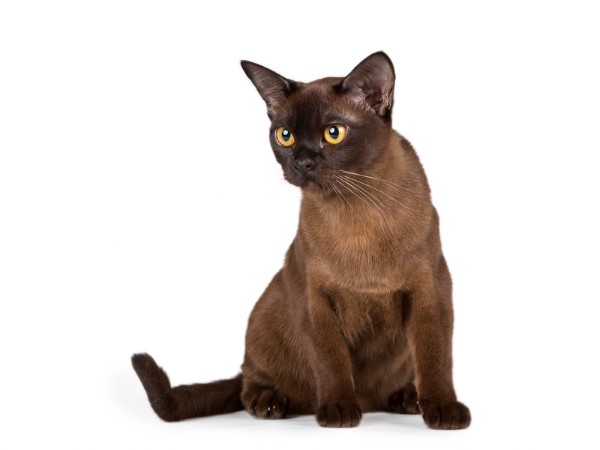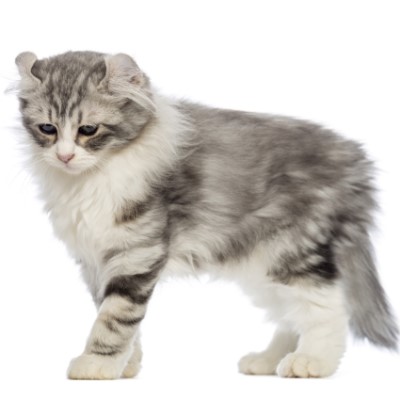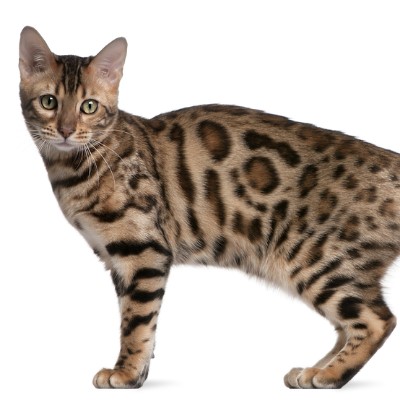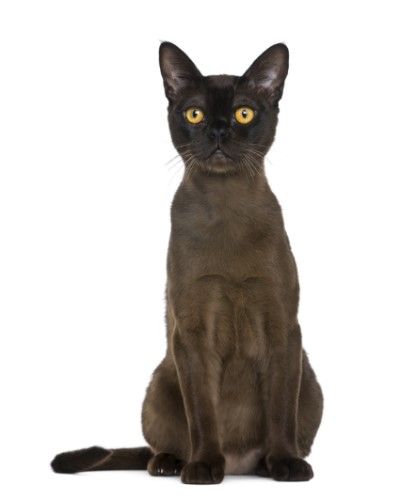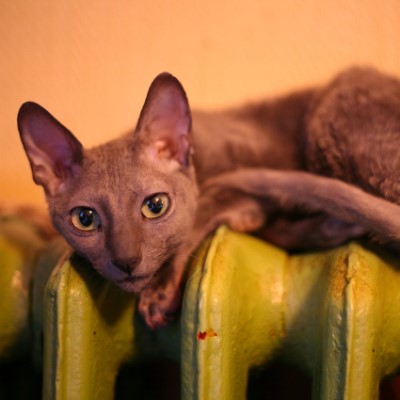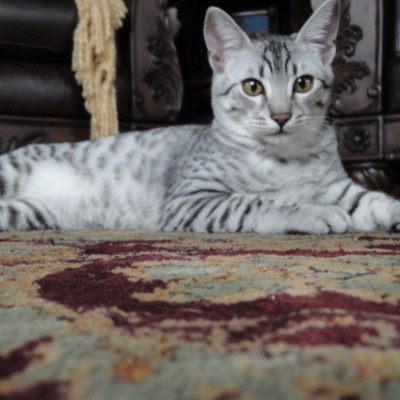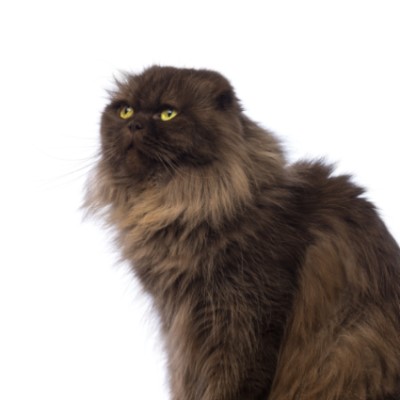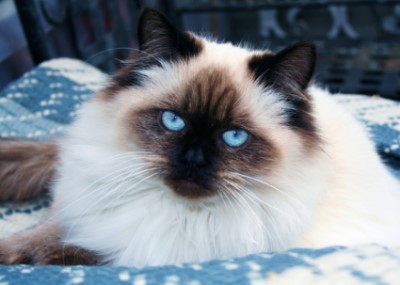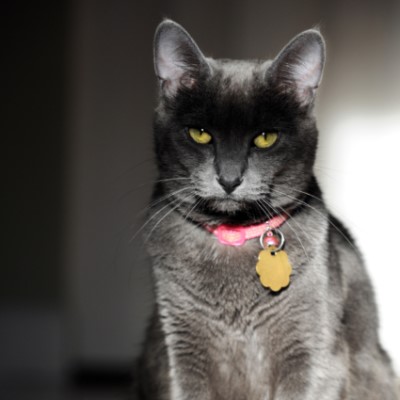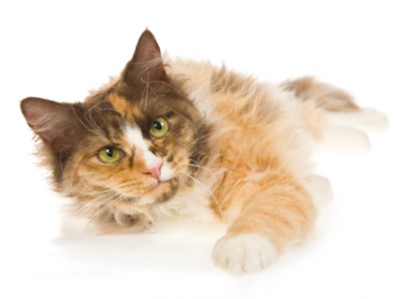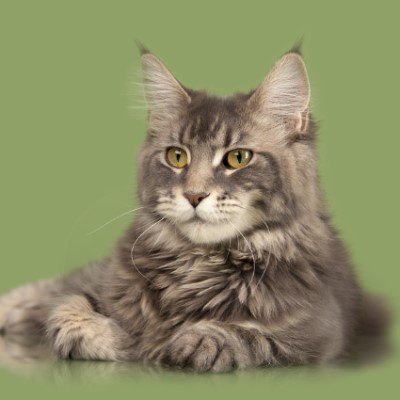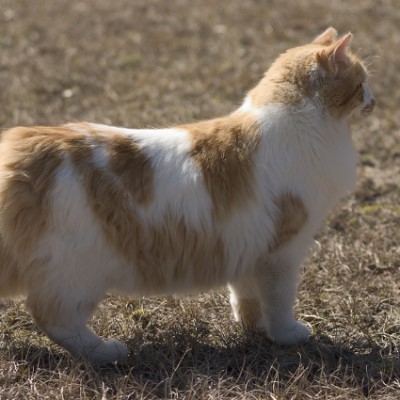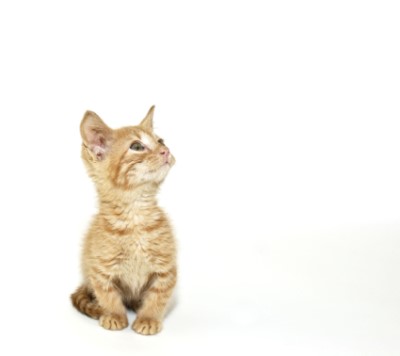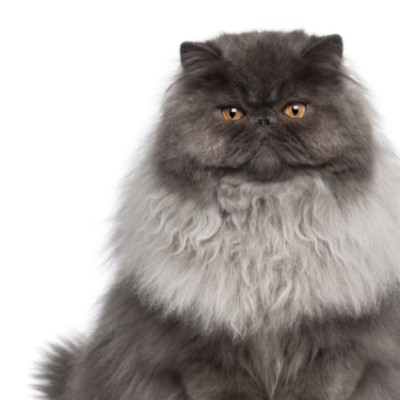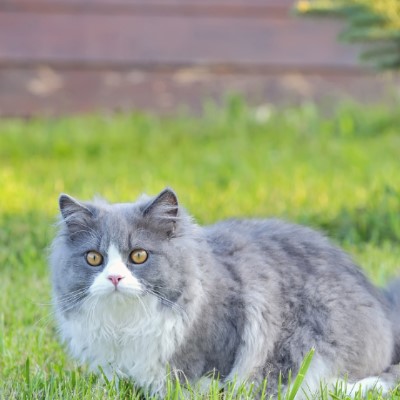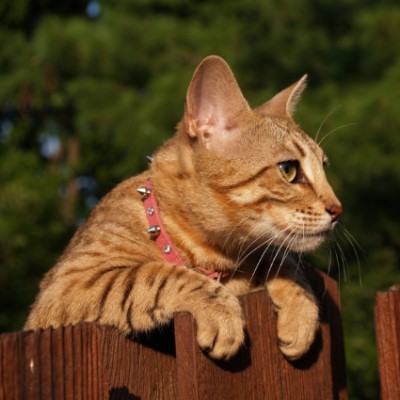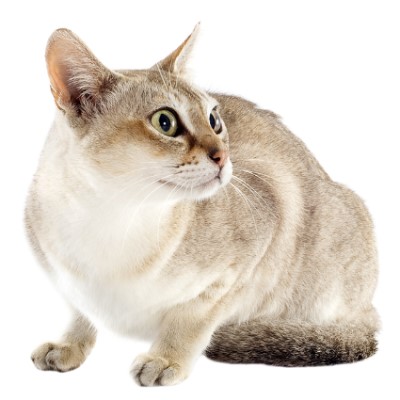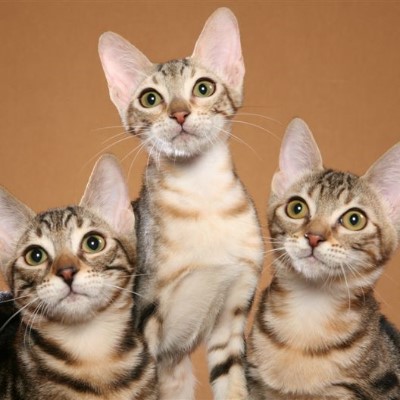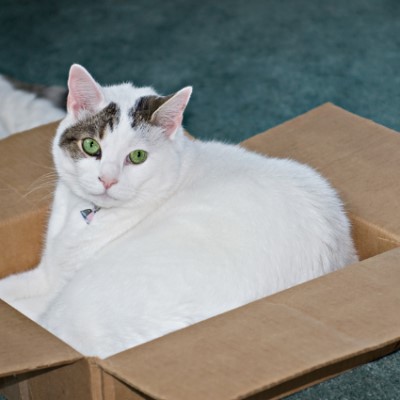Common Reasons for Surrender
Burmese cats are surrendered to shelters or rescues through no fault of their own. Some women, who become pregnant, are advised not to have a cat in the home during pregnancy. In other instances, a family moves and cannot take their cat or the owner passes away.
Pros
A Burmese will become your best friend for life. Most love people, children, cats, dogs, and other animals, making them an ideal family pet. Some describe the Burmese as “four-legged people in a fur coat” because of their sensitivity, loyalty, intelligence, and playfulness. You’ll also discover that your Burmese cat is keenly attuned to your mood.
Cons
Avoid adopting a Burmese if you prefer an independent cat. Your Burmese will follow you everywhere you go, making sure she doesn’t miss anything that’s going on. Most would rather be asleep in their human’s lap than lying alone in a cat bed. A Burmese requires a high quality protein diet, or she may suffer from health problems.
Diet
Feed your Burmese a premium, high protein dry food. Some breeders also feed wet food once or several times a day to supplement the dry food. If you opt not to feed wet food, be sure your cat always has access to fresh water. Acceptable foods rich in protein include fish, chicken, meat, and canned food. Treats should also be of a high quality. Dehydrated chicken treats are popular, and most Burmese will try whatever you are eating, such as salmon, chilled meat, and gourmet cheese.
Exercise
Burmese cats are generally very active and will get plenty of exercise running, climbing, and jumping around the house. Some cats are trained to walk on a leash, but a leash walk isn’t necessary.
Possible Health Issues
An overall healthy breed, some Burmese cats are prone to heart problems and hypokalemia, which is generally the result of an improper diet. Young kittens may also deal with respiratory problems.
Litter
Avoid using clumping litters with your cat. Cats may eat litter, especially when they are stressed. The litter clumps in their stomach, which is very painful and requires expensive surgery to remove. Opt instead for recycled paper products, such as Breeder’s Choice or Yesterday’s News. Clay litter is acceptable if it does not clump.
Grooming
Grooming is minimal with a Burmese. You can either pat your hands along their short coat or brush them at least twice a week. Chamois is popular for keeping their coat shiny. However, if your cat has a healthy diet, his coat should be shiny anyway. Most Burmese enjoy taking a bath, so you may want to give your cat a bath as needed.
Training
Not many people enjoy cleaning litter boxes. Some train their Burmese to use the toilet on their own. Because of their intelligence, Burmese cats can easily learn how to use a toilet on their own and to walk on a leash. You can also teach your cat basic commands, such as sit, stay, and come.
Entertainment
Burmese just want to be with their humans. If you’re gardening, your Burmese will be right by your side. They enjoy fetching balls and playing with boxes and paper bags. Kongs are also a popular toy. Many also enjoy running around the house, jumping, and climbing, so make sure your cat has a cat tree or cat shelves.
We want to thank House of Burmese and Vindouro Burmese and Bombay Cattery for help with this profile.
